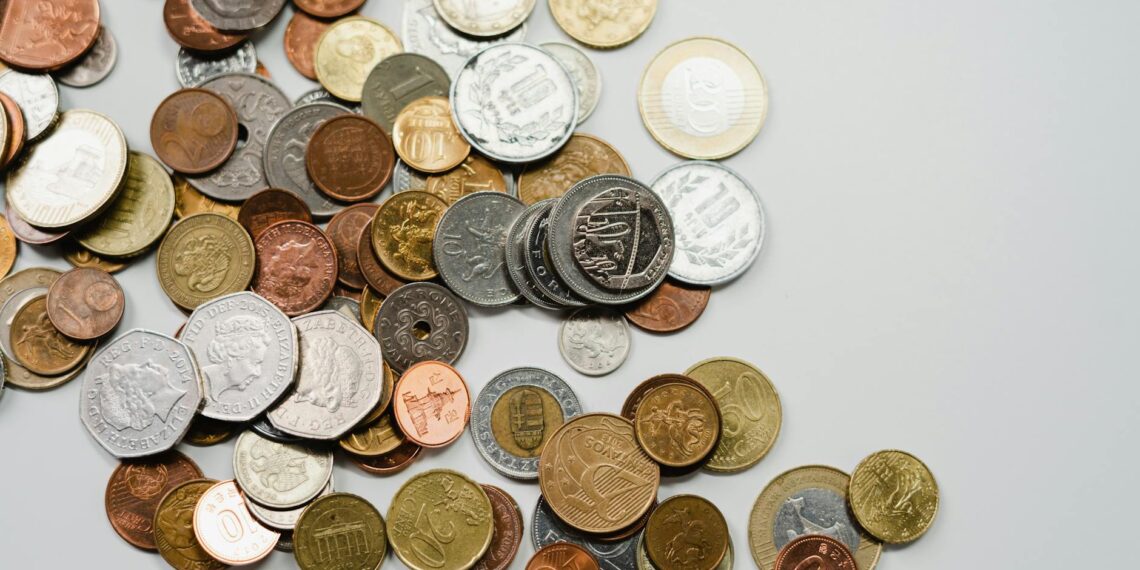Coin collecting, also known as numismatics, can be particularly exciting when it involves error coins and varieties . These imperfections, rather than detracting from a coin’s appeal, can significantly increase its value and interest for collectors.
Here’s a breakdown of these fascinating aspects of coin collecting:
- Varieties are coins that display intentional or unintentional variations from the standard design that are present on the die used to strike the coin.
- These variations are reproducible and can be found on multiple coins struck from the same die.
- Examples of varieties include:
– Doubled Dies: Dies with a doubling of the design elements, often from multiple impressions during the hubbing process . The [1955 Doubled Die Lincoln Cent] is a famous example.
– Repunched Mintmarks (RPM): Occur when a mintmark is punched onto the die more than once, with slight misalignment.
– Overdates: Result when a die with an older date is overpunched with a new date . For example, the [1942/1 Mercury Dime].
– Die Marriages: Unique pairings of obverse and reverse dies, resulting in distinct characteristics on the coins.
– Die Wear: Changes in a coin’s appearance due to the gradual wearing down of the die over time.
- [
1955 Doubled Die Obverse Lincoln Cent, Extra Fine $3.33]
- [
1942/1-d Mercury Dime $475.00]
- Errors are unintentional mistakes that occur during the coin production process, making each error coin generally unique.
- These errors can happen at any stage of manufacturing, including the blank planchets, the dies, or the striking process.
- Examples of errors include:
– Planchet Errors: Issues with the blank coin itself, like a wrong planchet being used, a clipped planchet (missing a section), or an improperly sized planchet . A notable example is the 1943 Bronze Lincoln Cent , struck on copper instead of the wartime zinc.
– Die Errors: Problems with the die, such as cracks, chips, or breaks . The 1937-D 3-Legged Buffalo Nickel is a prime example of a die error.
– Striking Errors: Mistakes during the striking process, including off-center strikes, multiple strikes, or broadstrikes (where the coin is struck without a collar). The 2000 Sacagawea/Washington Quarter Mule is a striking error involving mismatched dies.
- The value of error and variety coins is driven by their rarity, condition, and demand among collectors.
- Authentication and grading by professional services like the [Numismatic Guaranty Corporation (NGC)] and the Professional Coin Grading Service (PCGS) are crucial for establishing the legitimacy and value of these coins.
- It’s important to distinguish genuine errors from post-mint damage or intentional alterations.
- Numismatic organizations, books, and online resources can be valuable tools for collectors interested in error and variety coins.
- Examples of resources include:
– The American Numismatic Association (ANA)
– “The Official Price Guide to Mint Errors” by Alan Herbert
– “Strike It Rich With Pocket Change” by Ken Potter and Brian Allen
– The Newman Numismatic Portal
– The [PCGS] website
– The NGC website
Collecting error and variety coins can be a rewarding and fascinating aspect of numismatics, offering a unique glimpse into the history of coin production and the human element involved.








